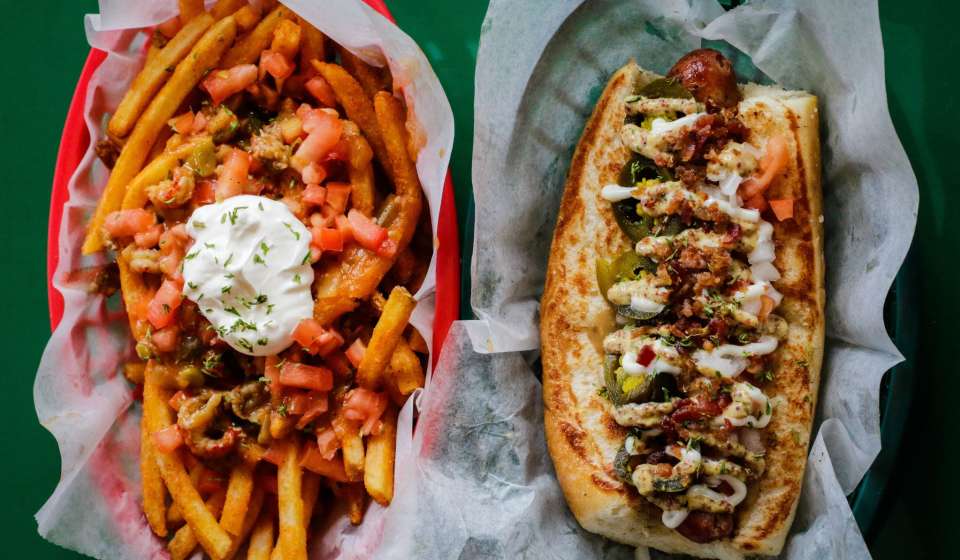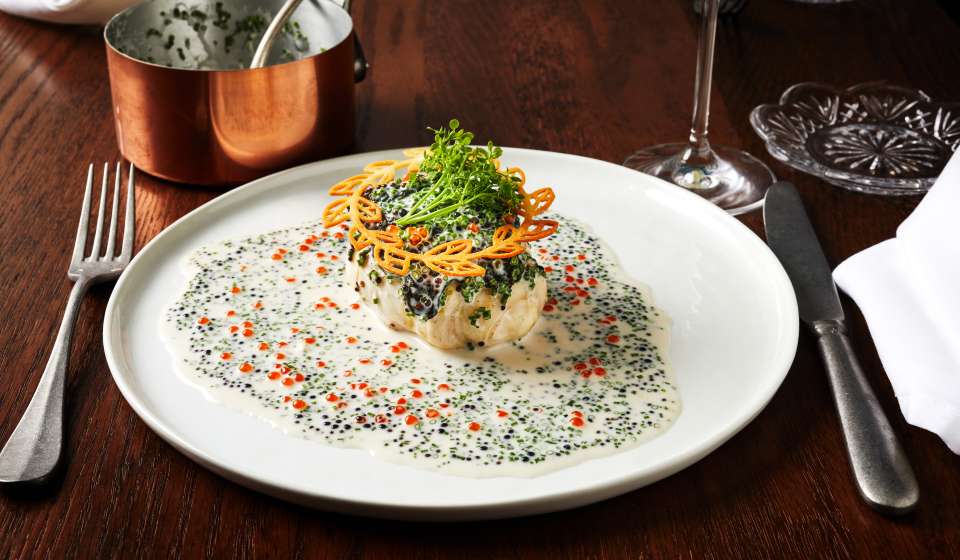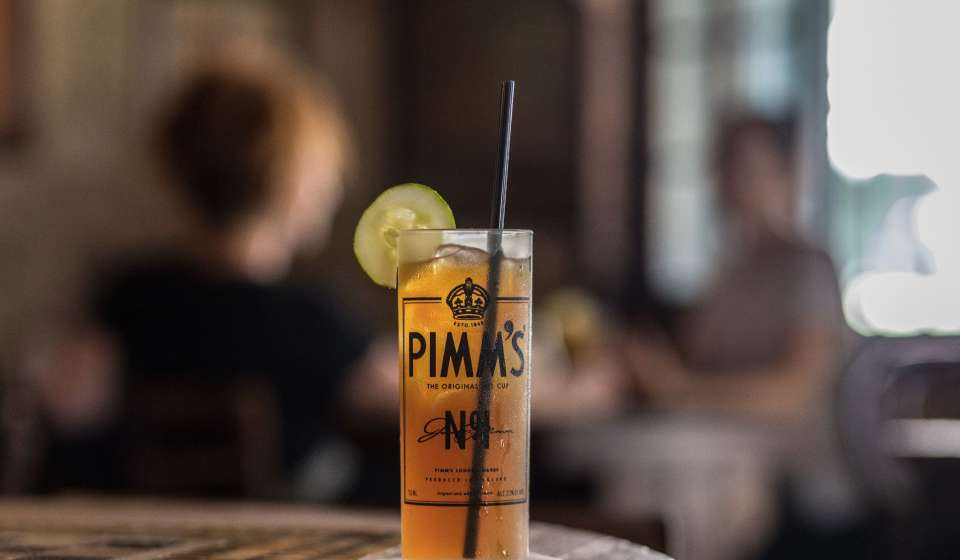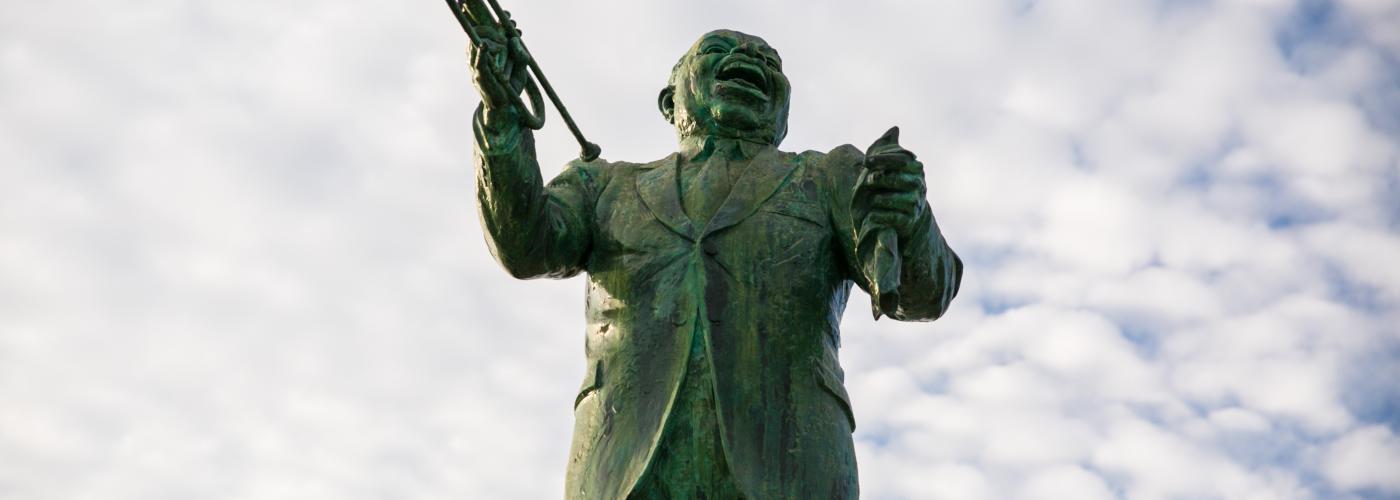Media Contacts:
Eli A. Haddow, The Historic New Orleans Collection
(504) 556-7603 | elih@hnoc.org
Sarah Chambless Federer, Gambel Communications
(985) 373-5271 | sarahc@gambelpr.com
533 Royal Street | 400-410 Chartres Street
New Orleans, Louisiana 70130
(504) 523-4662 | wrc@hnoc.org | www.hnoc.org
November, 2016 | New Orleans, Louisiana- The Historic New Orleans Collection examines Clarence John Laughlin, who created some of the most unusual and well-known images of any Louisiana photographer. With more than 250 photographs and letters from his personal collections-some never before exhibited-the exhibition "Clarence John Laughlin and His Contemporaries: A Picture and a Thousand Words" encourages visitors to discover the enigmatic artist and make their own assessments of his work.
The show opens Tuesday, Nov. 15, 2016, at the Williams Research Center, 410 Chartres St. Normal gallery hours are from 9:30 a.m. to 4:30 p.m., Tuesday through Saturday, excluding holidays. The exhibition will run through March 25, 2017. Admission is free.
Laughlin (1905-1985) began his career in the 1930s and by the 1960s had gained international recognition as a pioneer in surrealist and experimental photography. Though he insisted that living in New Orleans isolated him, physically and ideologically, from the cosmopolitan art world, his massive collection of letters and photographs tells otherwise. The exchanges on display show Laughlin corresponded extensively with his peers throughout his 50-year career and often traded images with other photographers.
"In Laughlin's letters, there is this constant fear of isolation," said John H. Lawrence, director of museum programs at THNOC, who curated the exhibition with Jude Solomon and Mallory Taylor. "But when you look at the way he communicated with his peers, it's clear that his isolation was exaggerated."
From the start, Laughlin's letters and images championed photography's ability to communicate through the symbolic and the fantastic. Hieronymus Bosch, Edgar Allan Poe and H. P. Lovecraft-artists known for fantasy and the macabre-all influenced his work, whose romantic tinge diverged from, and sometimes clashed with, the modernist movement of his era. Yet, as the exhibition curators note, he was never shy about sharing his ideas and images.
"Almost from the outset, Laughlin is engaged with people from photography and the literary arts- sending ideas out there and getting feedback," said Taylor.
The letters on display, which range from courteous to contentious, trace a shift in Laughlin's attitude from early humility to an assured, sometimes brash confidence as his work gained notoriety. The correspondence features candid language from artistic luminaries and famous editors, including Alfred Stieglitz and Maxwell Perkins.
The image exchanges offer insight into the interest Laughlin and his fellow photographers took in each other's work. Visitors will see examples of the photographs that Laughlin sent to his peers alongside prints that he acquired for his personal collection, including works by Imogen Cunningham, Wynn Bullock, Edward Weston, Carlotta Corpron and Brassaï.
"A key part of this exhibition is following the developmental process that Laughlin undergoes to find his unique voice," Taylor added. "Though he has often been called a surrealist, Laughlin's work defies any single label. The materials in the exhibition will show his different approaches, and people can draw their own conclusions."
This exhibition is drawn primarily from the Clarence John Laughlin Archive, housed at THNOC since 1981. Images that Laughlin received from other photographers are on loan from the New Orleans Museum of Art.
###
About The Historic New Orleans Collection
Founded in 1966, The Historic New Orleans Collection is a museum, research center and publisher dedicated to the study and preservation of the history and culture of New Orleans and the Gulf South. For more information, visit www.hnoc.org or call (504) 523-4662.











